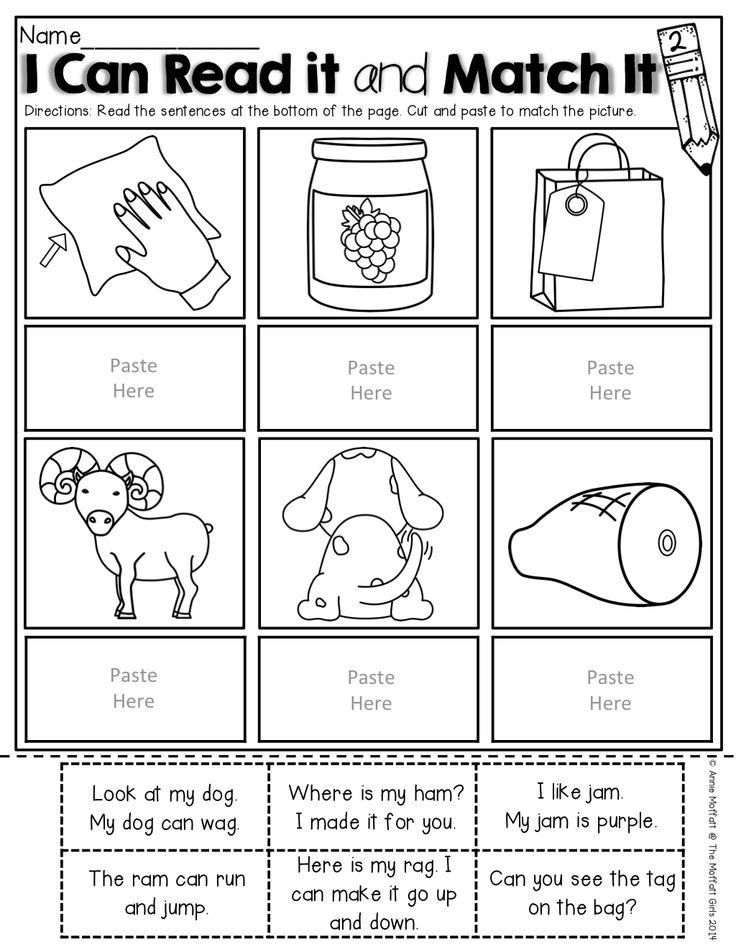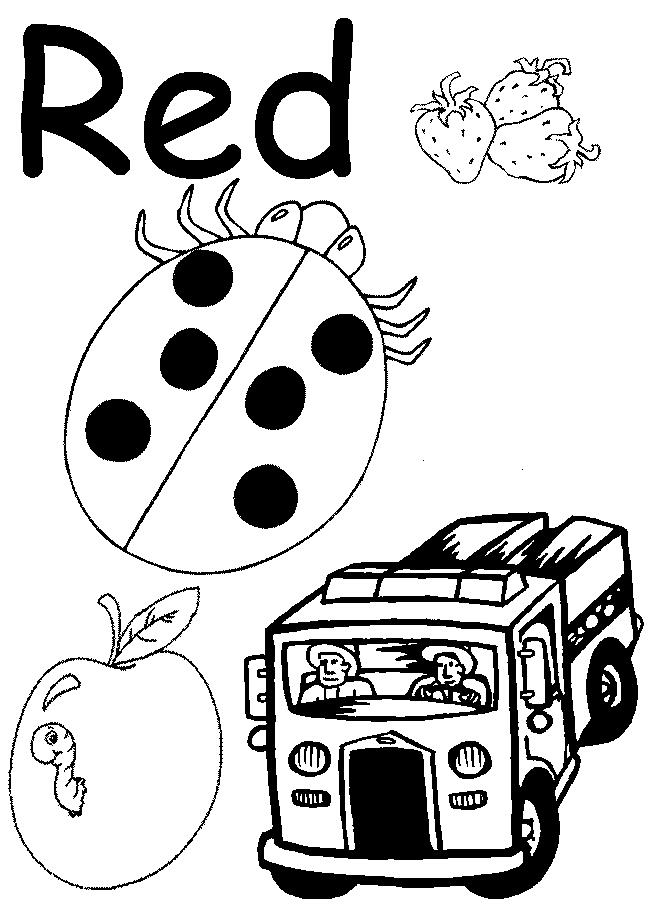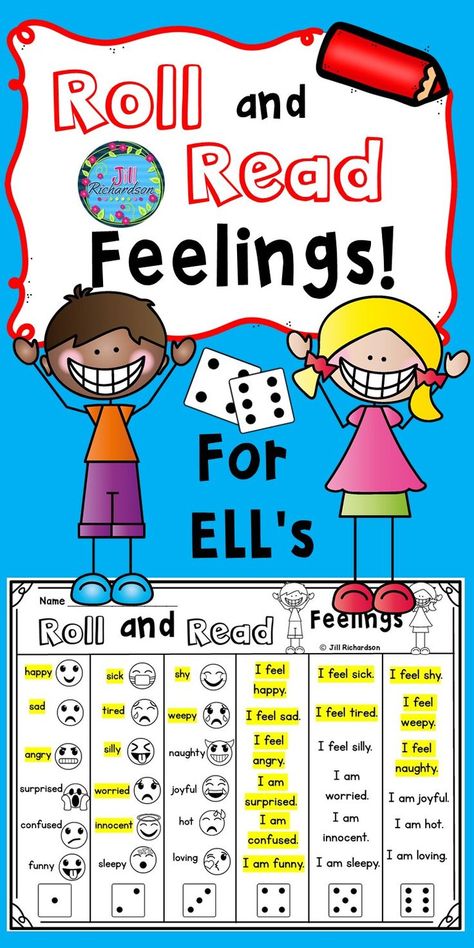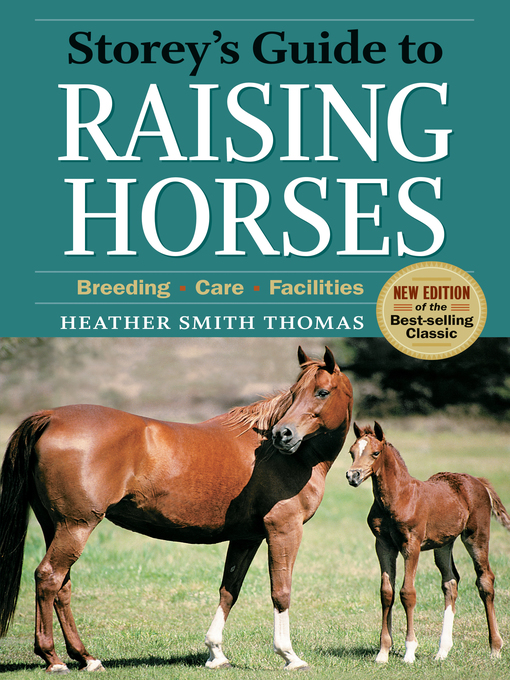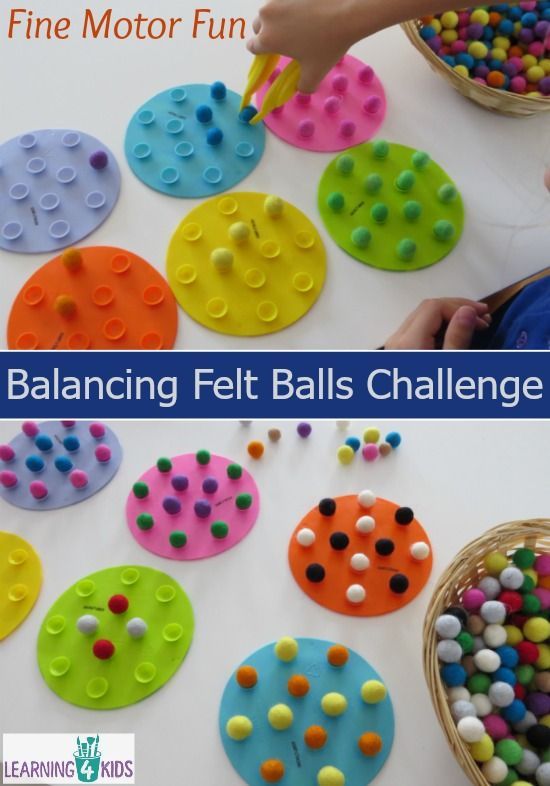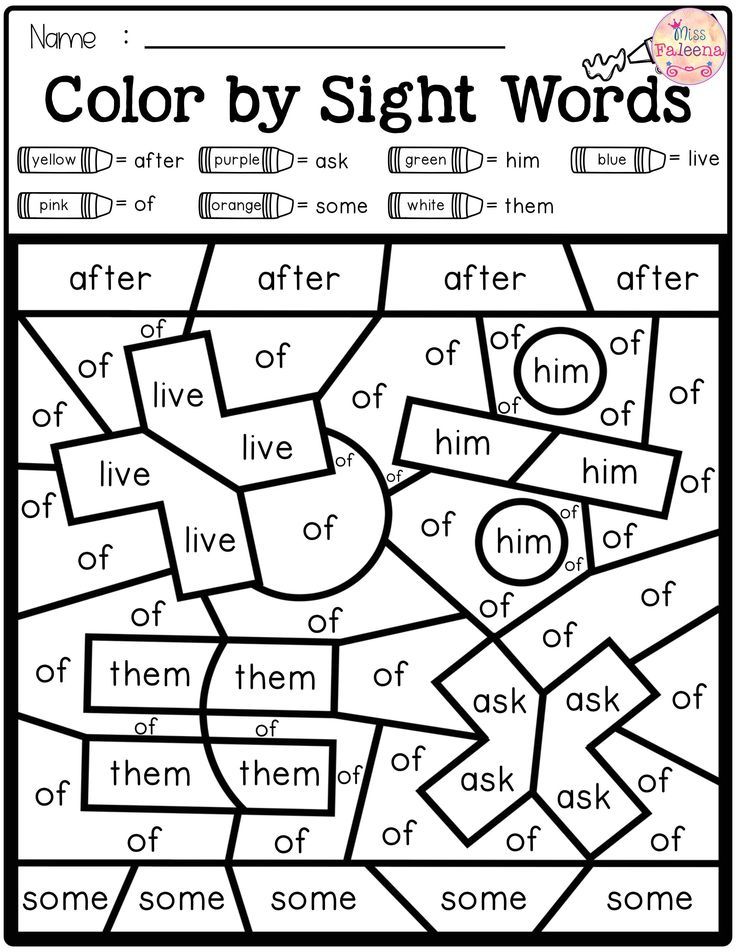Long vowels activities
Long Vowel Sounds: Word Lists & Activities
Phonics | Spelling
ByDelilah Orpi
This post may contain affiliate links, and I will earn a commission if you purchase through these links. Please read the disclosure policy for more details.
Sharing is caring!
12884 shares
- Share
- Tweet
In this post, I’m breaking down long vowel sounds (or long vowel words) to help you teach them when working with struggling readers and spellers.
Looking for long vowel word lists? Download all 5 of my pdf long vowel sounds word lists in my freebies library by joining my email list below.
What is a long vowel sound?
Long vowel sounds are vowels that are pronounced the same as their name. You’ll often hear teachers say that long vowels “say their name”.
Long vowels are very common but they can be tricky because there are so many spellings for each long vowel sound.
There are actually 4 ways to make long vowel sounds:
- Vowels at the end of a syllable make the long sound. For example, in the words me and halo (ha-lo) the vowels are all at the end of a syllable so they make the long sound.
- Silent e makes the previous vowel long. The words bike and phone have a silent e at the end that makes the previous vowel long.
- Vowel teams can make the long sound. Vowel teams work together to make one sound, and usually, it’s a long vowel sound. For example, boat and meat both have vowel teams that make the long sound.
- I or O can be long when they come before two consonants. In words like cold and mind, i and o make a long vowel sound.
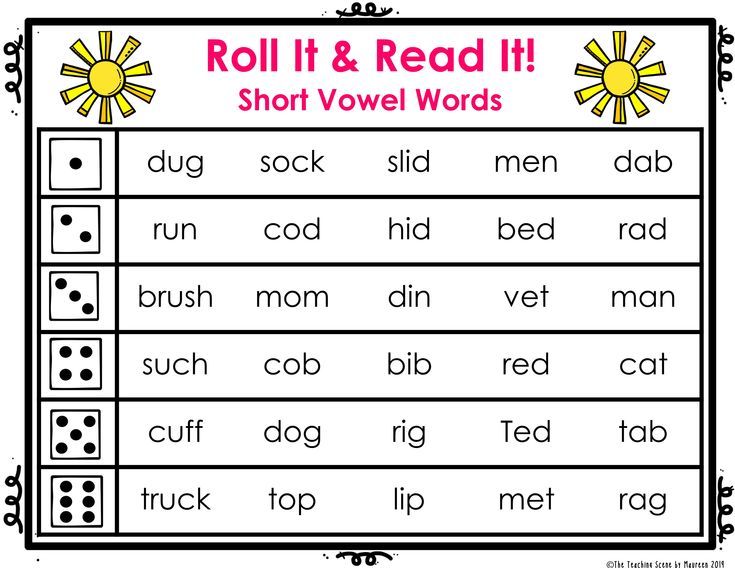
Long Vowel Words
Long vowel sound words are words that have vowels that say their name. Below are a few examples:
- Long a – baby, cake, rain, day, they, weigh
- Long e – me, eve, hear, meet, piece, candy
- Long i – silent, bike, light, my
- Long o – go, home, toe, boat, snow
- Long u – music, mule, pew, feud
Long A Sound
The long a sound can be represented by 8 different spelling patterns:
- a – baby
- a_e – cake
- ai – rain
- ay – play
- ei – reindeer
- eigh – weight
- ea – steak
- ey – they
Learn more about teaching the long a sound here, and check out my Long A Words Activities & Worksheets for printable activities.
Long E Sound
The long e sound can be represented by 8 different spelling patterns:
- e – be
- e_e – eve
- ee – meet
- ea – beach
- ei – protein
- ie – piece
- ey – key
- y – candy
For ideas, tips, and tricks when teaching the long e sound, read this post all about teaching the long e vowel sound, and check out my
Long E Words Activities & Worksheets for printable activities.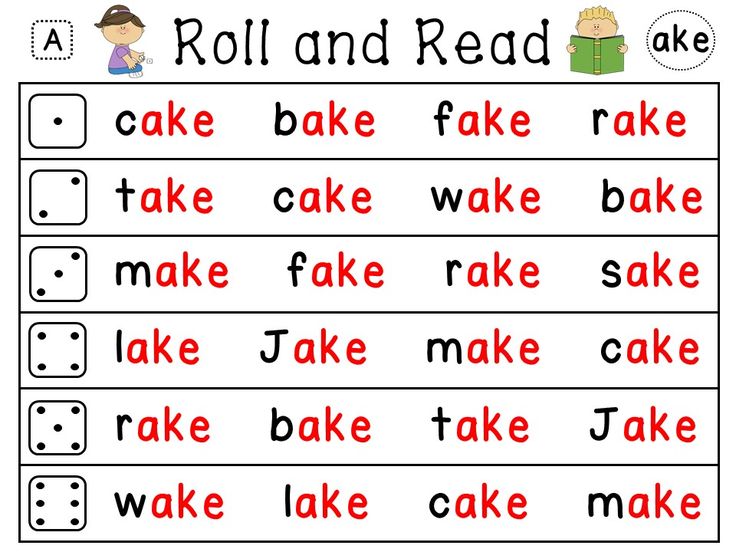
Long I Sound
The long i sound can be represented by 6 different spelling patterns:
- i – silent
- i_e – shine
- ie – pie
- igh – light
- y – my
- y_e – type
You can learn more about teaching the long I sound in this post. And check out my Long I Worksheets set in my shop for printable activities on the long i sound.
Long O Sound
The long o sound can be represented by 5 different spelling patterns:
- o – go
- o_e – phone
- oe – toe
- oa – boat
- ow – snow
You can learn more about teaching long o words and check out my long o worksheets.
Long U Sound
The long u has two sounds: yoo (/y/ /oo/) and oo (/oo/).
The long u sound can be represented by 7 different spelling patterns:
- u – music
- u_e – mule
- ue – rescue
- eu – feud
- ew – few
- oo – food
- ou – soup
Learn more about teaching the long u sound here.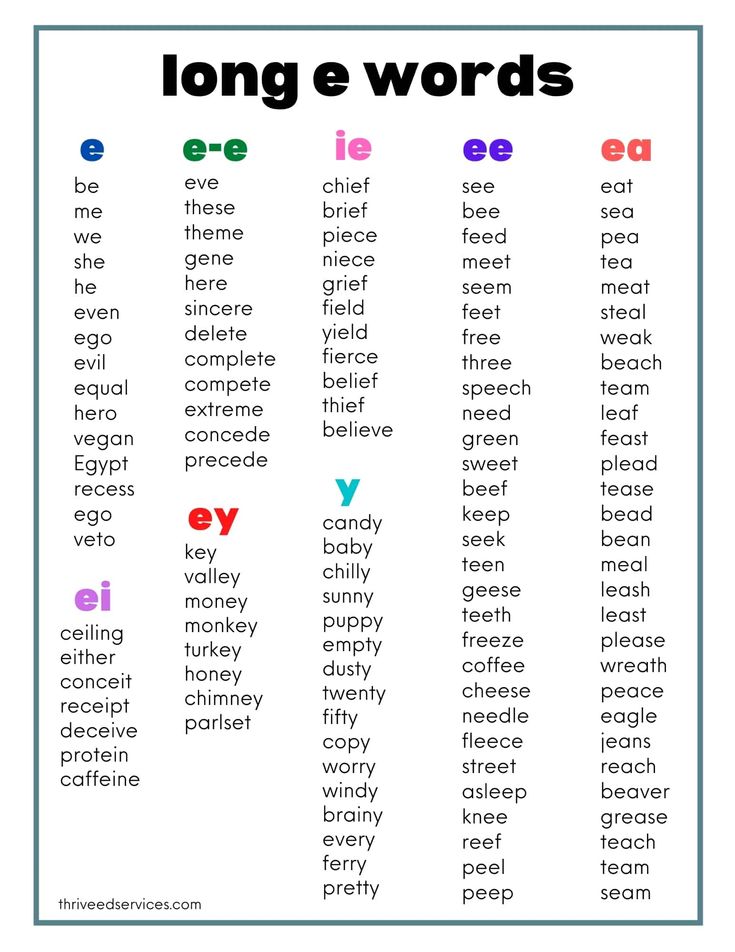
Tips for teaching the long vowel sounds
Teach one spelling pattern at a time!
I don’t mean one vowel sound, but just one spelling pattern. So for example, if you’re working on long a, you would work on the spelling pattern a silent e (cake, same, cave) until students have mastered it, then move on to ai, and so on. You should not be teaching multiple spelling patterns together, even though they make the same sound.
I know that most programs out there combine all the long vowel sound spelling patterns into one lesson, especially in spelling lists, but this does not work for struggling readers. You need to break it down for them and only do one at a time.
Teach the syllable types.
Because syllables have a lot to do with whether vowels make the short or long sound, if students do not already know the 6 syllable types then teach them along with the long vowel sound.
Here are resources for each syllable type:
- closed syllable
- open syllable
- final silent e syllable
- vowel team syllable
- r combination syllable
- consonant le syllable
Use a variety of activities to practice each spelling pattern.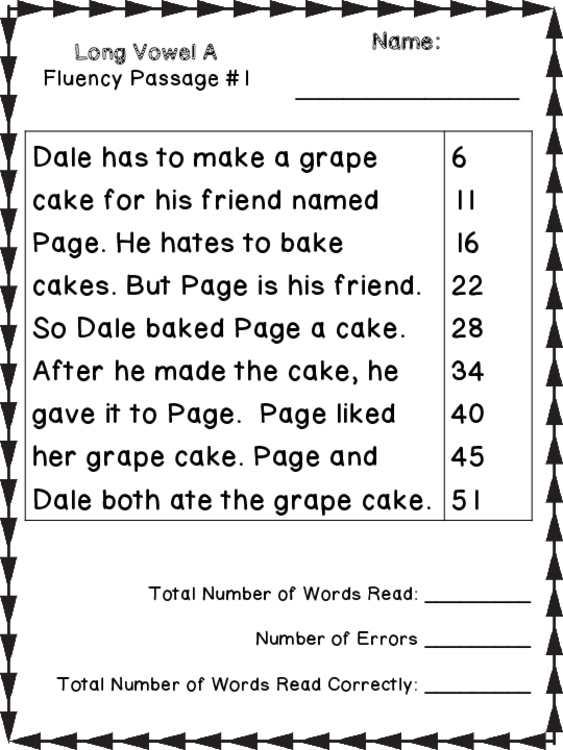
Games, dictation, word sorts, memory or matching with flashcards, word hunts, textured writing, body spelling, and bingo are all fun ways to practice the long vowel sounds.
The main activity that is often overlooked is dictation. It seems so simple but the task involves listening to a word, deciding on the spelling, and transferring that info to written form. These are all skills that struggling readers need to practice.
Teach the spelling generalizations.
Some of the long vowel spelling patterns are spelling rules that make it easy to remember.
For example, ai is usually found at the beginning or middle of a syllable, and ay is usually found at the end of a syllable. [Examples: rain, aim, play, daytime]
Here is another example with long o: oa is usually found at the beginning or middle of a word, and ow is usually found at the end. [Examples: boat, coach, snow]
Long Vowel Word List
I made these word lists to help teach the long vowels.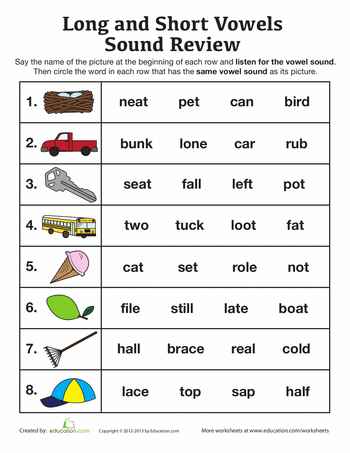 I find it handy to have these on hand when playing phonics games or planning activities for long vowel lessons.
I find it handy to have these on hand when playing phonics games or planning activities for long vowel lessons.
Grab them for free below!
Visit my Teachers Pay Teachers shop to see all my literacy products.Want to remember this? Save Long Vowel Sounds: Word Lists & Activities to your favorite Pinterest board!
Sharing is caring!
12884 shares
- Share
- Tweet
Delilah Orpi
Delilah Orpi is the founder of Thrive Literacy Corner. She has a Bachelor's degree in Special Education, a Master's degree in TESOL, and is a member of the International Dyslexia Association. She is an experienced educator and literacy specialist trained in Orton Gillingham and Lindamood Bell. Delilah creates literacy resources for educators and parents and writes to create awareness about dyslexia and effective literacy instruction based on the science of reading.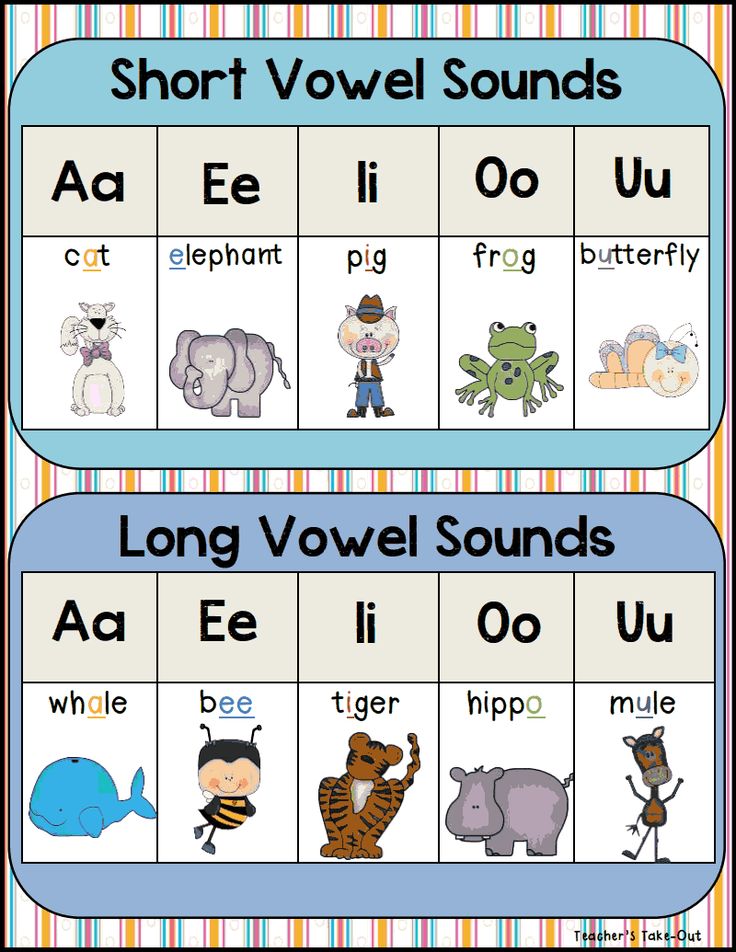
Similar Posts
Phonics
How To Teach The Long A Sound
ByDelilah Orpi
Long a is another tricky sound to teach because it has many different ways to spell it. This one only has two spelling generalizations so many will depend on memory and practice. I’m going to break down each of the eight ways to spell the long a sound to help you understand and teach long…
Read More How To Teach The Long A SoundContinue
Phonics | Spelling
L Blends Activities And Worksheets
ByDelilah Orpi
In this post, I share my favorite multi-sensory learning activities for L blends, along with a set of multi-sensory L blend worksheets and activities. It’s no surprise that I love to use a variety of multi-sensory activities when teaching letter blends. Multi-sensory learning is the cornerstone of the Orton-Gillingham method. Struggling learners simply learn best…
It’s no surprise that I love to use a variety of multi-sensory activities when teaching letter blends. Multi-sensory learning is the cornerstone of the Orton-Gillingham method. Struggling learners simply learn best…
Read More L Blends Activities And WorksheetsContinue
Phonics
Syllable Division Rules: How To Divide Words Into Syllables
ByDelilah Orpi
Are you confused about how to divide words into syllables? Or maybe you’re not sure exactly how to teach your students the syllable division rules. It can be tricky, but with a few simple rules, you’ll be able to do it like a pro. In this blog post, we will discuss the most common ways…
Read More Syllable Division Rules: How To Divide Words Into SyllablesContinue
Spelling
Simultaneous Oral Spelling Multisensory Spelling Strategy
ByDelilah Orpi
Simultaneous Oral Spelling, also known as S. O.S., is a multisensory spelling strategy that is really effective for poor spellers and dyslexics. The strategy builds phonological awareness skills, an area that is often a huge deficit in poor spellers and dyslexics. Research has shown that simultaneous oral spelling is a very effective multisensory spelling method for…
O.S., is a multisensory spelling strategy that is really effective for poor spellers and dyslexics. The strategy builds phonological awareness skills, an area that is often a huge deficit in poor spellers and dyslexics. Research has shown that simultaneous oral spelling is a very effective multisensory spelling method for…
Read More Simultaneous Oral Spelling Multisensory Spelling StrategyContinue
Long Vowel Sounds: Fun Activities & Teaching Tips
Share and save!
363 shares
This post may contains affiliate links. This means if you buy something through a link in this post, I will make a small commission at no cost to you. This allows me to keep bringing you great content.
Is your child struggling with reading or pronouncing long vowel sounds? Are you ready to move past CVC words, but aren’t sure how to teach long vowels in reading and phonics? Long vowel sounds can be a point of struggle for many young readers.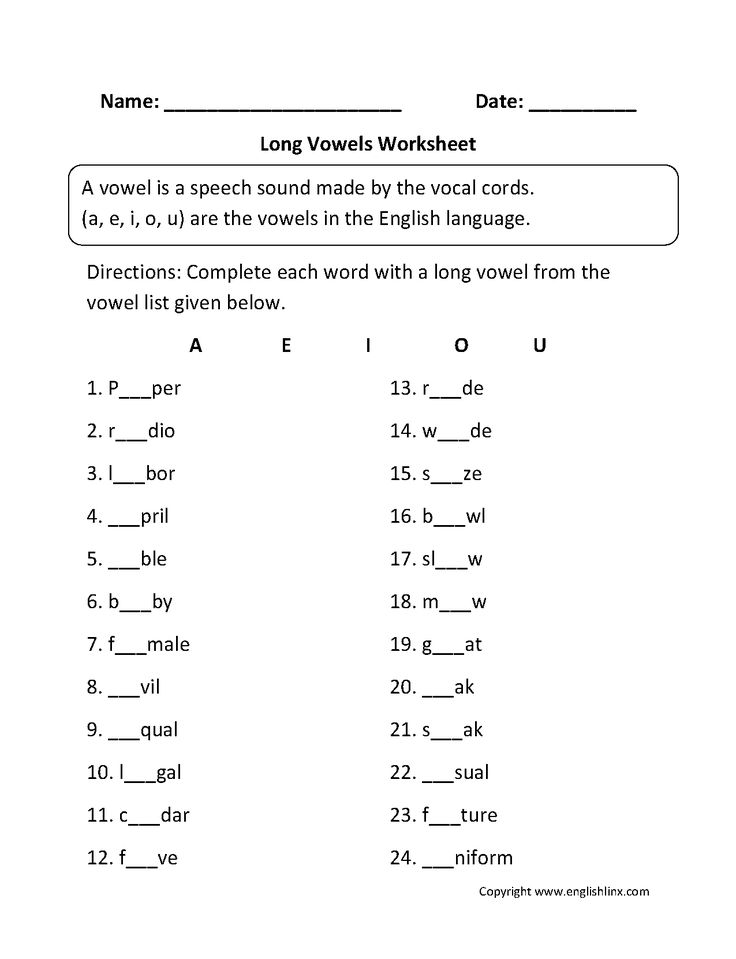 While short vowel sounds are relatively straightforward and spelled the same each time, long vowel sounds are more complex.
While short vowel sounds are relatively straightforward and spelled the same each time, long vowel sounds are more complex.
In this post, we are going to talk about when to teach long vowel sounds, some tips for teaching the different rules, and a few fun activities and printables for practicing long vowel sounds. Let’s get started!
How to Teach Long Vowel Sounds
Let’s start with how the long vowel sounds are formed. As you go over these rules with your child, you can point them out when they pop up while youare reading books and stories together. Just a quick mention “Hey look, that’s a vowel team. When two vowels go walking, the first one does the talking. So, they must make the “a” sound.” or something like that.
No need to ruin story time with a grammar lesson.
How to Identify Long Vowel Sounds
Long vowels tend to be easier to identify when speaking because the letters “say their names”. A short a, as in apple, makes a sound, but the long a, as in bay says the name of the letter.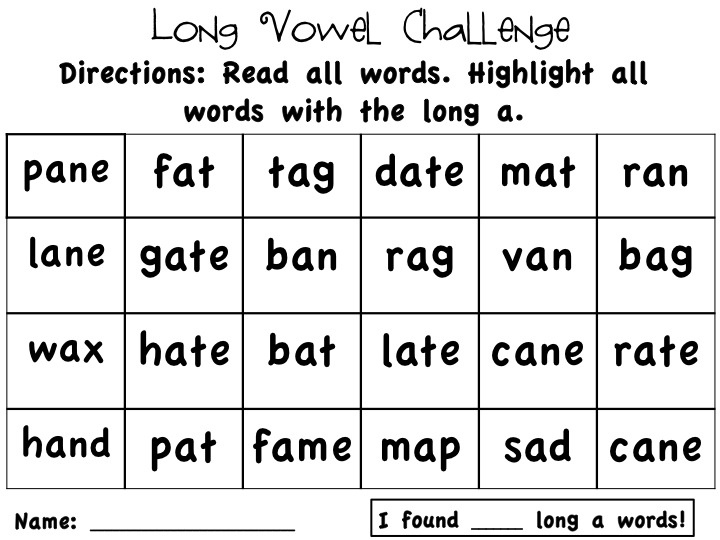 Long vowel sounds occur when the letter “says its name”.
Long vowel sounds occur when the letter “says its name”.
Forming Long Vowel Sounds
There are four main ways that long vowels are formed: with a silent e, at the end of a syllable, using vowel teams, and I or O before a consonant. When you are teaching long vowels sounds to your young reader, focus on just one of these rules at a time. Let them get comfortable with that rule before moving on to the next one. Let’s look at each type of long vowel formation.
Silent e. Adding an e to the end of a CVC word changes the short vowel sound into a long vowel sound. Here are some examples:
| CVC Word | Silent e Added |
| cap | cape |
| mat | mate |
| pin | pine |
| pet | Pete |
| tot | tote |
At the end of a syllable. Vowels are often long vowel sounds when they come at the end of a word. For example, hon-ey, hi, mu-sic, me, ban-jo, etc.
Vowels are often long vowel sounds when they come at the end of a word. For example, hon-ey, hi, mu-sic, me, ban-jo, etc.
Vowel teams. Long vowel sounds can also be created when two vowels are next to each other. This rule has a cute saying that you may have heard: “when two vowels go walking, the first one does the talking”. This simply means that generally, the first vowel is the long vowel sound in the word and the second vowel is silent (or not talking). For example: meat, train, please, tree, boat.
I or O before two consonants. This one is pretty straightforward. If I or O comes right before to consonants, it is usually a long vowel sound. Think of words like high, light, sign, mind, pint, comb.
When to Teach Long Vowel Sounds
Mastering long vowel sound decoding is essential to building a strong reading foundation. Young readers will need this skill in later years when they are decoding and learning new, more complex words. For this reason, spending the time needed to make sure your young reader (or struggling reader) masters this skill is definitely worth it.
For this reason, spending the time needed to make sure your young reader (or struggling reader) masters this skill is definitely worth it.
Long Vowel Sound Activities
My first grader wasn’t interested in reading last year, so we didn’t really push it. And, she has a very low frustration level, so I tend to wait on skills that are especially hard for her to keep her school experience a positive one.
Well, fast forward to first grade and she just started memorizing words and reading up a storm. This is fine because reading is essentially memorizing thousands of words and being able to recall them instantly. But, she also needs to be able to sound out new words she encounters, so she can expand her vocabulary.
Since she kind of learned to read backwards, we are going back and reviewing (or learning for the first time) some phonics and spelling rules. She already had a good grasp on her consonant sounds, blends, and short vowels. Reading long vowels isn’t really a problem for her, but sounding them out to spell them on her own is.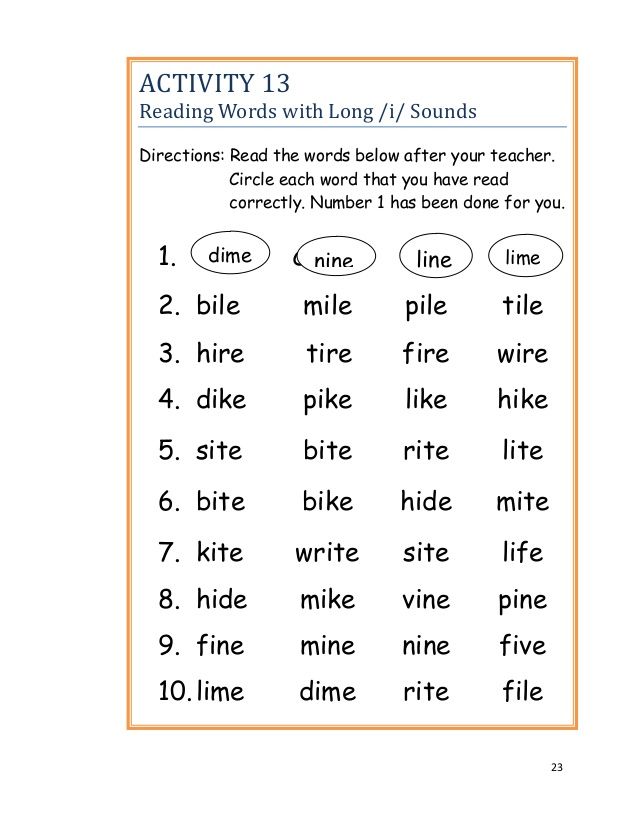
To help her practice, I decided to make some activities to practice her long vowel words. You can sign up at the end of the post to get these activities for free!
Finish the Word: Long Vowel Sounds
The first activity I want to share is my Finish the Word worksheet. It is just a simple worksheet with pictures on it. Each picture has a long vowel sound and I have left those letters out of the spelling below the word. The young reader, or writer, in this case, must fill in the missing letters to spell the word pictured above it.
Here is a peek at the first page (there are two pages in the download):
Related Post:Sort-A-Scene: Long Vowels and Dipthongs
Long Vowel Bookmarks
I have to give my daughter credit for this one, she came up with it all on her own. I had created another long vowel activity when she said “Now, I’m going to make an activity, Mom.” And away she went.
What she came up with was actually great! Here is a shot of the original version (her cutting and color-coding, my word lists):
When she showed it to me, I was amazed.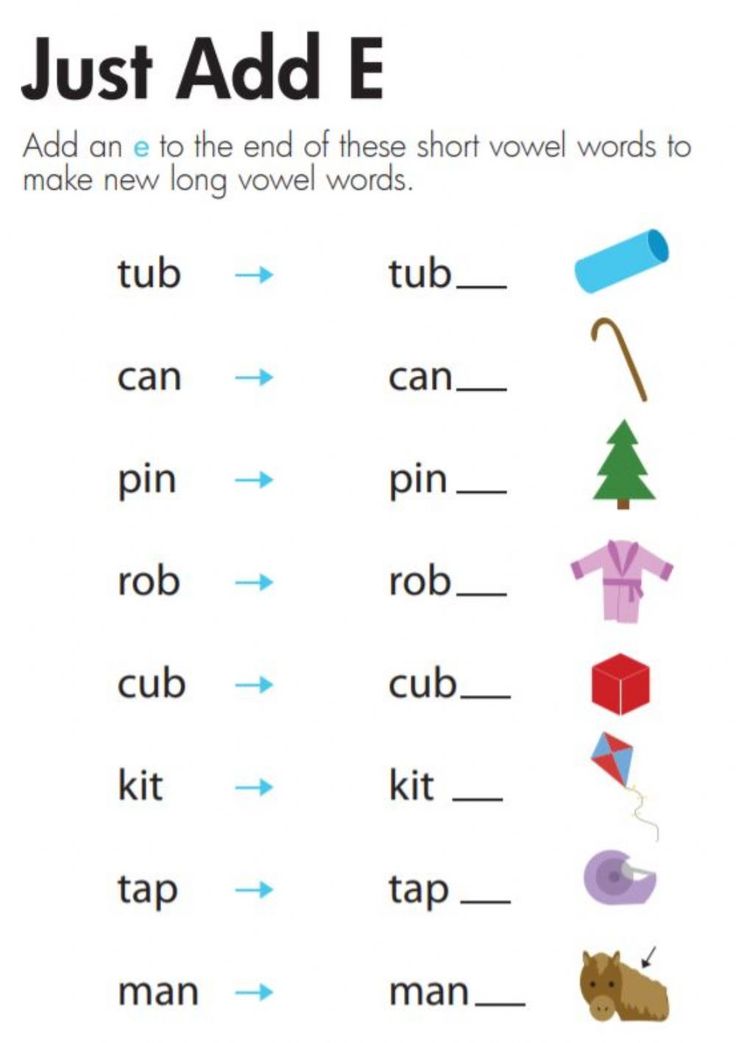 Such a fantastic, simple idea! I told her I was going to create a blog post and product from it and she got all excited. So, you can simply make your own lists. Or, if you’re strapped for time and don’t feel like thinking up all the words that have long vowels, you can print out my lists!
Such a fantastic, simple idea! I told her I was going to create a blog post and product from it and she got all excited. So, you can simply make your own lists. Or, if you’re strapped for time and don’t feel like thinking up all the words that have long vowels, you can print out my lists!
The activity itself is very simple. Students look at each list. At the top is one of the vowels (for example, long a). Next, the student reads down through the list and highlights the words that have that long vowel sound. My daughter wanted to use a different color for each vowel because….more colors equals more fun in our house!
Here is a peek at my pre-printed lists (there are four sets of lists in the download):
Long Vowel Poster Set
I think reference materials are so important for young learners. Seeing the information about which they are learning helps to ingrain it into their brain. I also like to gently teach my daughter to find answers for herself instead of just asking me all the time.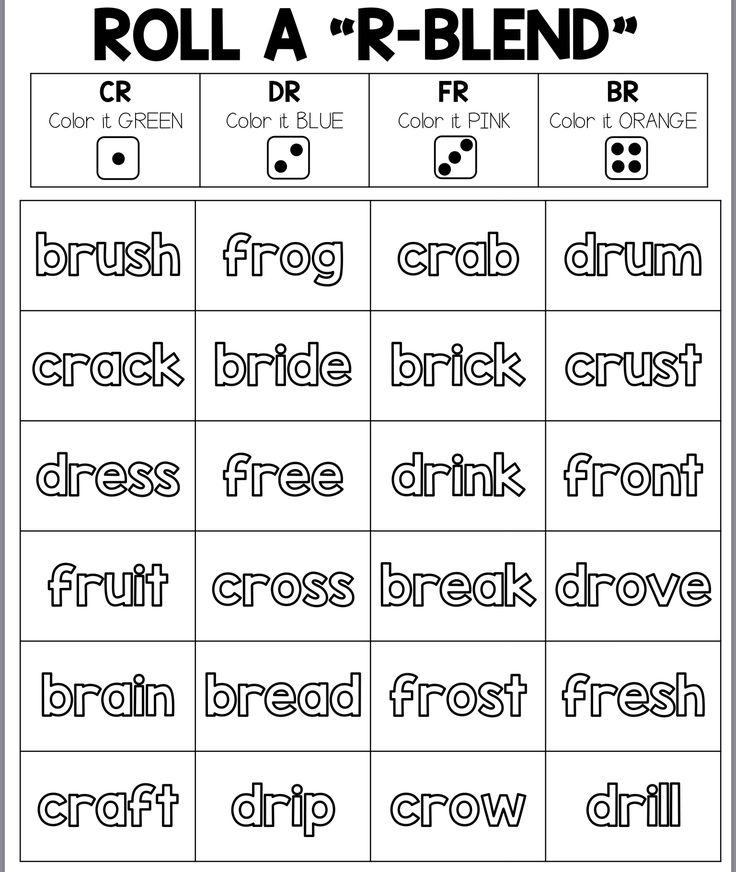 These long vowel posters are great for kids to be able to look at them and see all of their options for a particular vowel sound.
These long vowel posters are great for kids to be able to look at them and see all of their options for a particular vowel sound.
I created full-page versions and half-page versions, so just print the pages you prefer.
Here is a peek:
Sign up below to download the activities shown in the post, plus a ton of other homeschooling freebies!
More Free Long Vowel Resources
Whenever I come across a great resource, I love to share it with my readers. Here are some other resources and blog posts that might help you if you are working on reading with your child.
Free long vowel products from Teachers Pay Teachers.
This Reading Mama always has great printables and her long vowel sounds printables are no exception.
The All About Learning Press blog has some great spelling resources and a free printable vowel combinations chart.
Share and save!
363 shares
Short vowels | German self-instruction manual for beginners.
 Learn German from scratch
Learn German from scratch German vowels are divided into short and long vowels.
A vowel is short:
- If it is followed by two or more consonants. This position is called a closed syllable.
- satt [zat] - full
- Liste ['lɪstə] - list
- Antwort ['antwɔrt] - reply
- In diphthongs.
- mein [ma͜en] - my
- Haus [ha͜os] - house
- Usually before ch when this combination means [x] - i.e. after a, o, u .
- ach [ax] - ach
- Loch [lɔx] - hole, hole
- Bucht [bʋxt] - bay
- However, in some words, the vowel before ch can be long:
- Buch [bu:x] - book
- Kuchen ['ku:xən] - cake, pie
- Tuch [tu:x] - scarf, fabric
- There are exceptions to the rules for reading vowels (by longitude-shortness; see below).
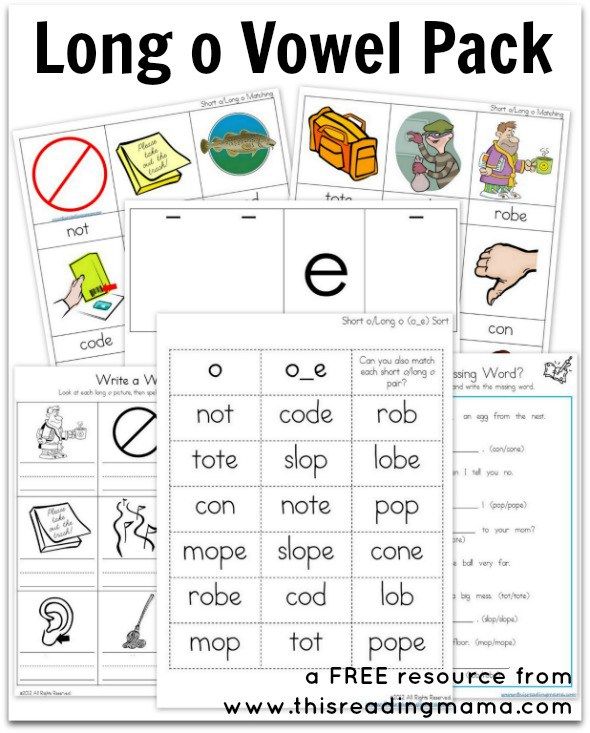
Let's turn to individual vowels.
[a] - short; something like Russian "a"
- wann [van] - when
- dann [dan] - then
- Fall [fal] - case
- Pass [pas] - Passport
- Schach [ʃax] - chess
- knapp [knap] - narrow; bleed
[ɔ] - short, open, something between "o" and "a"
- Bonn [bɔn] - Bonn
- Sonne ['sɔnə] - sun
- voll [fɔl] - full
- Block [blɔk] - block
- Wolle ['vɔlə] - wool
- komm [kɔm] - come
[ε] - short, open, similar to "e" in the word "sir"
[i] - short, in Russian, something between "i" / "y"
- Tisch [tɪʃ] - table
- Sinn [zɪn] - mind, feeling
- ist [ɪst] - 3rd l.
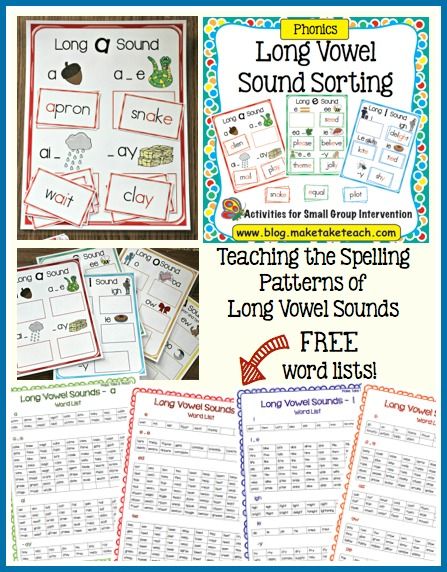 unit verb " be "
unit verb " be " - bist [bɪst] - 2nd l. unit verb " be "
- sind [zɪnt] - 3rd l. plural verb " be "
- wissen ['vɪsən] - know
[ʋ] - short "y" (lips almost do not stretch forward)
- und [ʋnt] - and
- Mund [mʋnt] - mouth
- um [ʋm] - to
- Kunst [kʋnst] - art
[y] - short; similar to the Russian "yu" between consonants, as in the word "hatch"
- fünf [fynf] - five
- dunn [dynn] - thin
- Lücke ['lykə] - space, skip
- müssen ['mysən] - should, be due
- küssen ['kysən] - kiss
- fullen ['fylən] - fill
This is a peculiar sound, but it is not difficult to learn how to pronounce it between consonants. But in order to pronounce this sound in the initial position, you will have to practice: Ücker ['ykɐ] (name of the river): ü , not "yu". Say "i-i-i" with rounded lips and you'll get the right sound.
Say "i-i-i" with rounded lips and you'll get the right sound.
[œ] - short; similar to the Russian "ё" between consonants, as in the word "ice"
- Cologne [kœln] - Cologne
- können ['kœnən] - can
- rösten ['rœstən] - fry
- löschen ['lœʃən] - extinguish, extinguish
- Köpfe ['kœpfə] - head (pl from der Kopf - head )
- Blöcke ['blœkə] - blocks (pl from der Block - block )
Here are the most common words with exceptions (long vowels instead of short ones):
- die Stadt [di ʃtat] city (with short " a ") - die Städte [di 'ʃtε:tə] city (with long " e ")
- das Mädchen [das 'mε:tçən] - girl, girl
- der Mond [deɐ mo:nt] - moon, month (with long " about ")
Read more
| ← Spelling: spelling of nouns | Long vowels → |
Vowel pronunciation
Vowels are reproduced exclusively by our voice .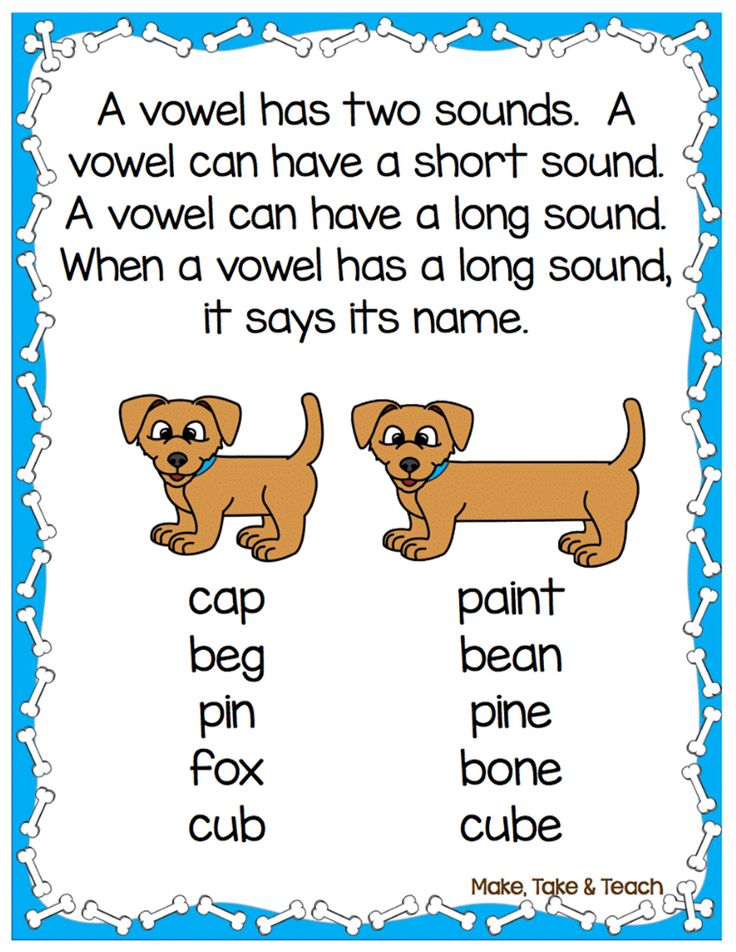 Unfortunately, there are no exact analogues of German vowels in Russian, so German vowels require special attention:
Unfortunately, there are no exact analogues of German vowels in Russian, so German vowels require special attention:
1) Vowels in German are pronounced distinctly and stably . They consist exclusively of one pure sound, which is preserved throughout its pronunciation. That is, we do not speak [oʊ] or [oɐ], but purely [oː]. This stability characterizes German vowel sounds.
2) German phonetics distinguishes long and short vowels . This means that each vowel in German has two basic sounds. A long vowel sound lengthens during pronunciation and in most cases is accompanied by tension of the organs of speech, while a short sound is pronounced as short as possible and without tension. Stressed semi-long vowels in Russian are exactly in the middle of these two variants in German in longitude.
This article considers all vowels in German and two main variants of their pronunciation.
Long sound [aː]
To pronounce the long sound, first say the Russian word "red". The Russian vowel "A" here is pronounced shorter than the long sound of this German vowel, which is pronounced even longer. For simplicity, open your mouth as wide as possible.
The Russian vowel "A" here is pronounced shorter than the long sound of this German vowel, which is pronounced even longer. For simplicity, open your mouth as wide as possible.
→ j a [jaː] (yes)
→ T a g [taːk] (day) m
37 len [ˈmaːlən] (draw)
Short sound [a]
When pronouncing a short sound, the mouth should not be opened so wide. Say the Russian word "mother". Now pronounce the vowel sound as short as possible and get the German short vowel sound of this vowel.
→ M A NN [Man] (man)
→ W A S [VAS] (what)
→ A Lle [ˈalə] (all)
<Ää>
Long sound [ɛː]
its pronunciation should be wider, the back of the tongue is further from the upper palate, and the sound itself is pronounced longer.
→ ä Ra [ˈɛːʁa] (era)
→ K ä Se [ˈkɛːzə] (cheese)
036 ä
tsel [ˈʁɛːʦəl] (riddle)Short sound [ɛ]
When pronouncing a short analogue, nothing changes in sound except for longitude. We close our mouth a little and pronounce it as briefly as possible.
→ H ä nde [ˈhɛndə] (hands) 9030 → ä Ste [ˈɛStə] (branches) → MMEN [ˈKɛmən]
Long sound [iː]
When pronouncing a long sound, the tip of the tongue touches the lower teeth, and the back of the tongue is as close as possible to the upper palate. This sound is pronounced as long as possible, that is, longer than in the Russian word "y". To simplify, stretch your lips as much as possible.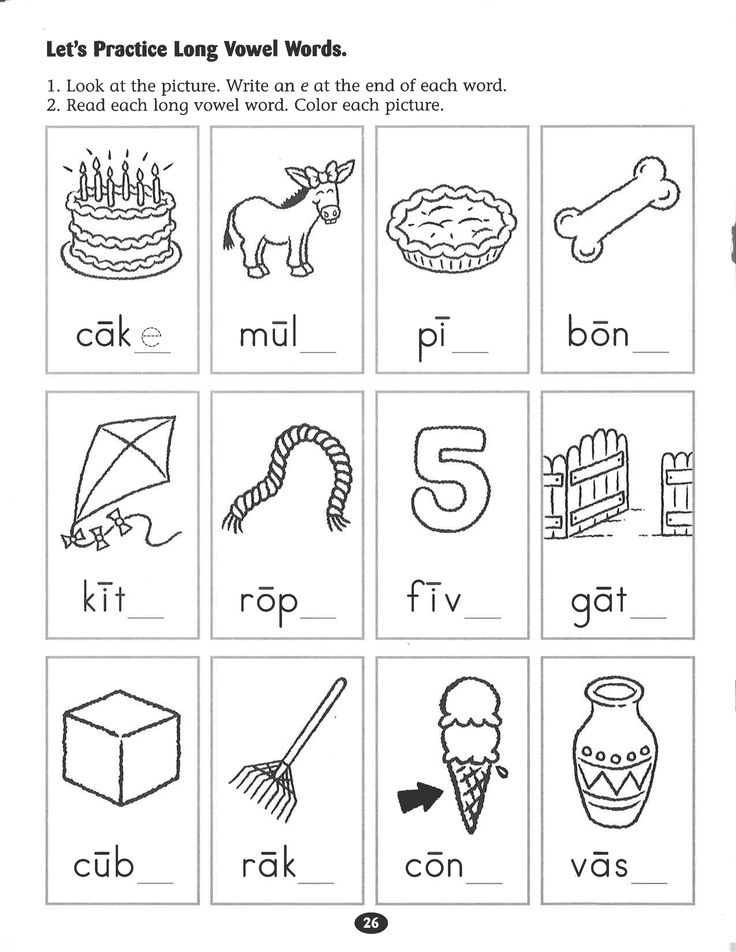
→ K i no [ˈkiːno] (movie)
→ I gel [ˈiːgəl] (hedgehog)
→ B i bel [ˈbiːbəl] (Bible)
Short sound [ɪ]
in short, with the back of the tongue moving away from the upper palate. This sound is on the border with the short sound of the vowel "Ä" and resembles the second sound in the Russian word "hours".
→ i n [ɪn] (c)
→ H i lfe [ˈhɪlfə] (assistance)
→ W I SSEN [ the back of the tongue is closer to the palate than when pronouncing [ɛː], but further than when pronouncing [iː], i.e., an average sound is obtained between them. Here you can feel the tension of the organs of speech.
→ S ee [zeː] (Lake)
→ W E N [VEːn] (whom)
→ L E Ben [ˈleːbən] (Live) 9000 9000 9000 9000 9000 9000 9000 9000 The short sound is the same as the short sound of the vowel "Ä".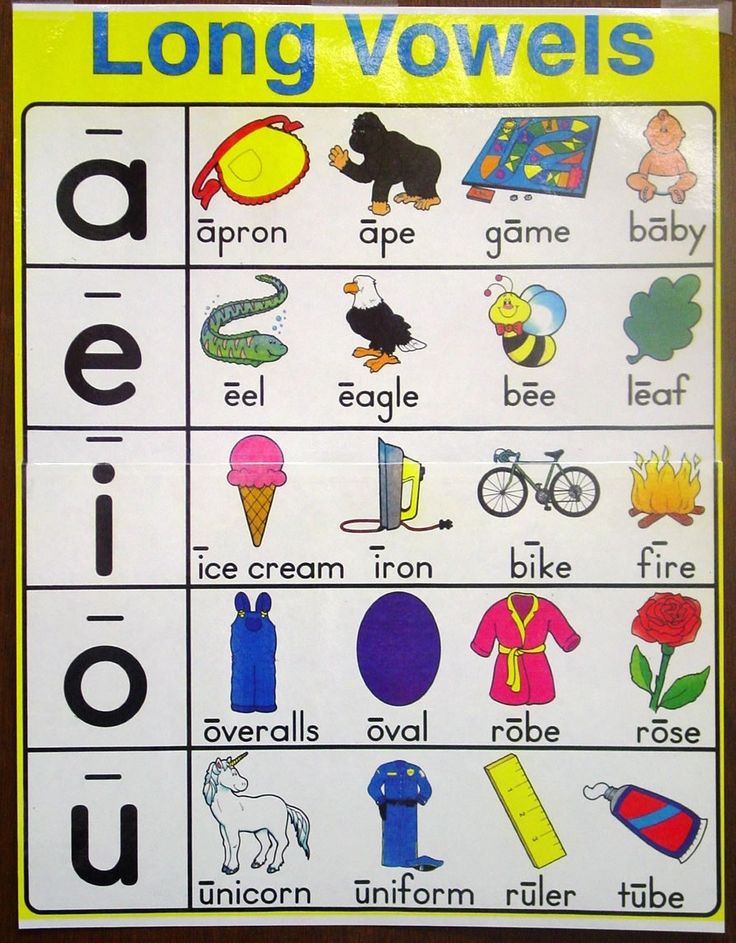
→ W E NN [vɛn] (if, when) 9030 cute, friendly)
Long sound [oː]
When pronouncing a long sound, we stretch our lips forward and round them, and only a small hole remains between the lips. This hole is even smaller than the Russian vowel "O" in the word "rose".
→ R O Se [ˈʁoːzə] (rose)
011
Short sound [ɔ]
When pronouncing a short sound, we leave the opening of the mouth wider, but wider than that of the Russian semi-long sound [o]. This sound is on the border with the short sound of the vowel "A" and is pronounced as short as possible.
→ O FT [ɔFT] (often)
→ B O SS [BɔS] (Boss)
<Öö>
Long sound [øː]
A mixture of long sounds [eː] and [oː].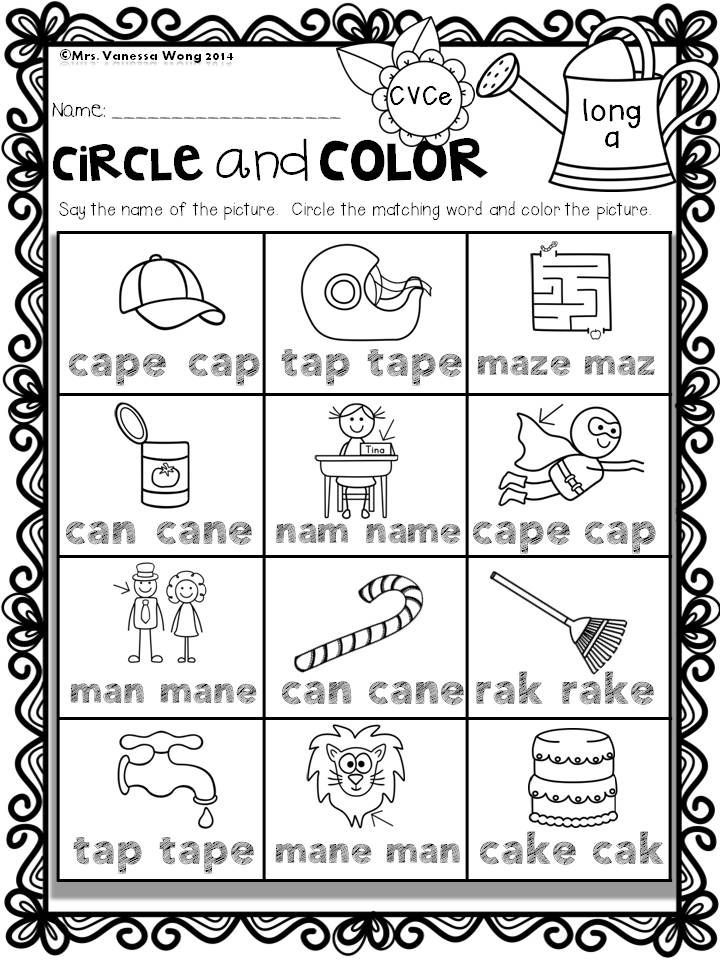 First, we pronounce a long sound [eː]. Now we leave the tongue in the same place, but at the same time we round the lips as if we are pronouncing a long sound [oː].
First, we pronounce a long sound [eː]. Now we leave the tongue in the same place, but at the same time we round the lips as if we are pronouncing a long sound [oː].
→ M ö WE [ˈmianceəvə] (seagull)
037
(hair dryer)Short sound [œ]
Mixture of short sounds [ɛ] and [ɔ]. We pronounce a short sound [ɛ] without moving our tongue, and at the same time we round our lips as if we want to pronounce a short sound [ɔ].
→ ö ffnen [ˈˈfnən] (open)
→ ZW ö LF [ʦvœlf] 9030 (L ˈ Ffel [
Long sound [uː]
Like the long sound [oː], we round the lips, but here we almost close them. The opening of the mouth should be open enough so that the sound is barely made. It resembles the first sound in the Russian word "angle", but is pronounced much clearer and longer.
→ d u [duː] (you)
→ Bl u me [ˈbluːmə] (flower) (flower)0036 u t [guːt] (good)
Short sound [ʊ]
We open our mouth a little to hear the difference with the long sound. The lips take almost the same shape as when pronouncing a long sound [oː], but this sound is pronounced as short as possible and without tension.
→ K U SS [KʊS] (kiss) 9030 → U ND [ʊnt] (and) 9030 U U mm [dʊm] (stupid)
<Üü>
Long sound [yː]
A mixture of long sounds [iː]. The tongue remains in the same position as when making a long sound [iː], but we change the shape of the lips as if we were making a long sound [uː].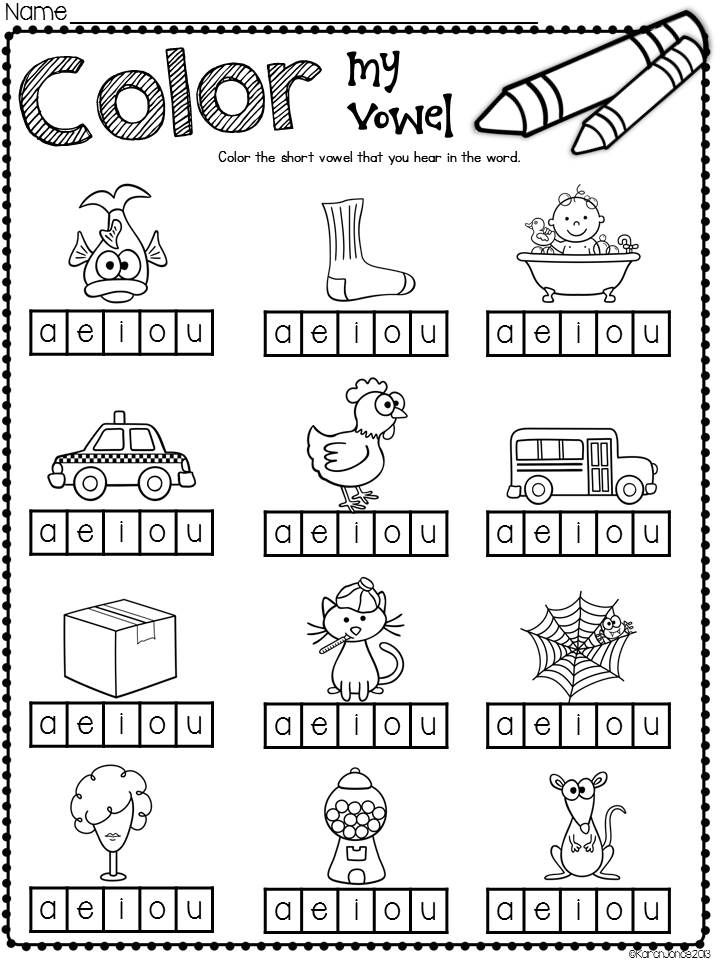
→ M ü de [ˈmyːdə] (tired)
036 ü
bel [ˈdyːbəl] (dowel)Short sound [ʏ]
A mixture of short sounds [ɪ] and [ʊ]. We similarly make the transition between short sounds [ɪ] and [ʊ]. This sound is pronounced as short as possible and without tension.
→ K ü Ssen [ˈkʏsən] (kiss) 9030 )
As a vowel, it can have the same sounds as the vowels <Ü> and .
→ T Y P [type] (Type)
→ Y PSILON [ˈʏPSILɔN] (Igrek) → [ˈHɔHɔHAH
| Notes: ► To accurately determine the sound of each vowel and understand the difference between long and short vowels, you need to listen to the audio recording! ► The pronunciation of vowels in this lesson is literary .  In many regions of Germany, as well as in other German-speaking countries, there are also dialectical deviations regarding certain sounds. In many regions of Germany, as well as in other German-speaking countries, there are also dialectical deviations regarding certain sounds. ► The names of German vowels are at the same time their with long sounds , i.e. as in alphabet . ► There are no German words without vowels, i.e. every German word has at least one vowel (with the exception of some interjections). ► When it is not possible to type umlauts on the keyboard, or when words are entered into a crossword puzzle , then the umlauts <Ä>, <Ö> and <Ü> are replaced by letter combinations ► The meaning  ► The long sound [ɛː] (represented by the letter <Ää>) in spoken language is most often replaced by the long sound of the vowel ► For a better understanding of the difference in sounds: when pronouncing the long sounds of the vowels , <Ä>, ► ► Looking at the international transcription of the long and short vowels from this lesson, we see the following: The long and short vowels and <Ä> differ only in in the longitude of represented by one additional character. That is, in fact, we are talking about the same sound, which in some words is simply stretched. 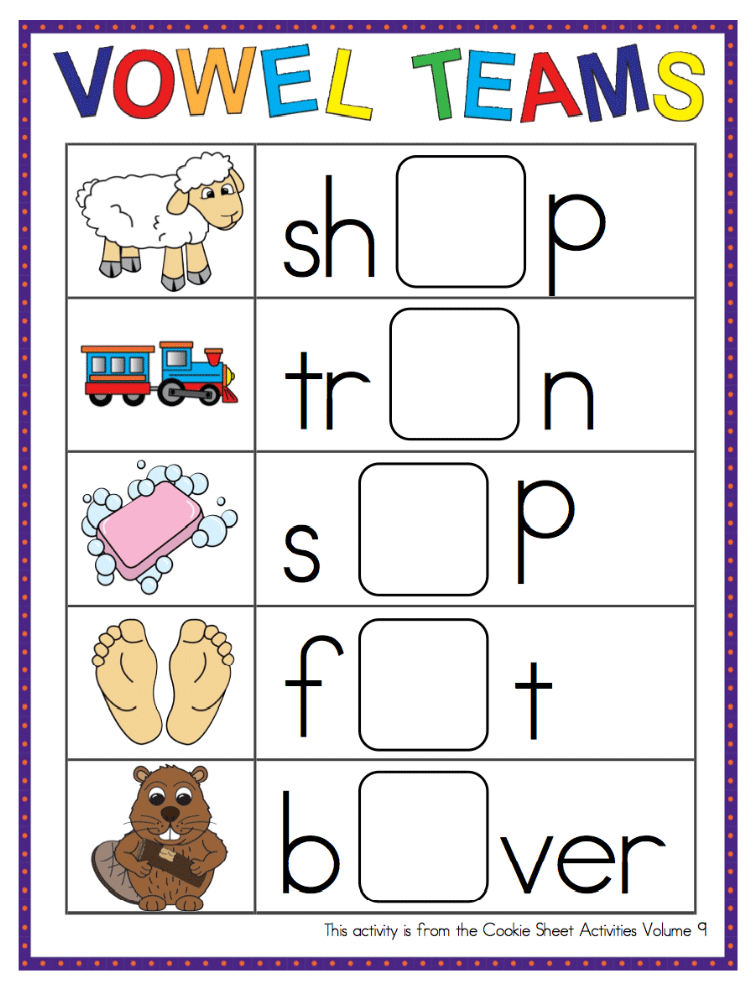 A = [aː], [a] Ä = [ɛː], [ɛ] As for the remaining vowels, we see from the transcription that the two pronunciations differ not only in their longitude , but also in their quality . That is, it is not enough to stretch or shorten the same sound here, since we are talking about two different sounds. E = [eː], [ɛ] I = [iː], [ɪ] O = [oː], [ɔ] Ö = [øː], [œ] 1 U = [uː], [ʊ] Ü = [yː], [ʏ] ► Since long and short vowels are not distinguished in Russian, native Russian speakers who begin to learn German usually perceive the former simply as an accent or unusual intonation. Attention: stress in words is independent of longitude/shortness of vowels. ► You will find information about which vowel is pronounced in what cases in other articles of the current section (Phonetics). |
Do you need this article in PDF format? You will find information about this here.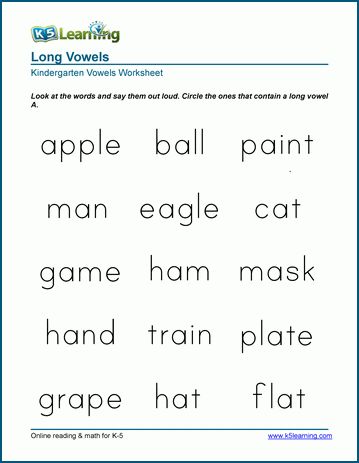
Learn more

